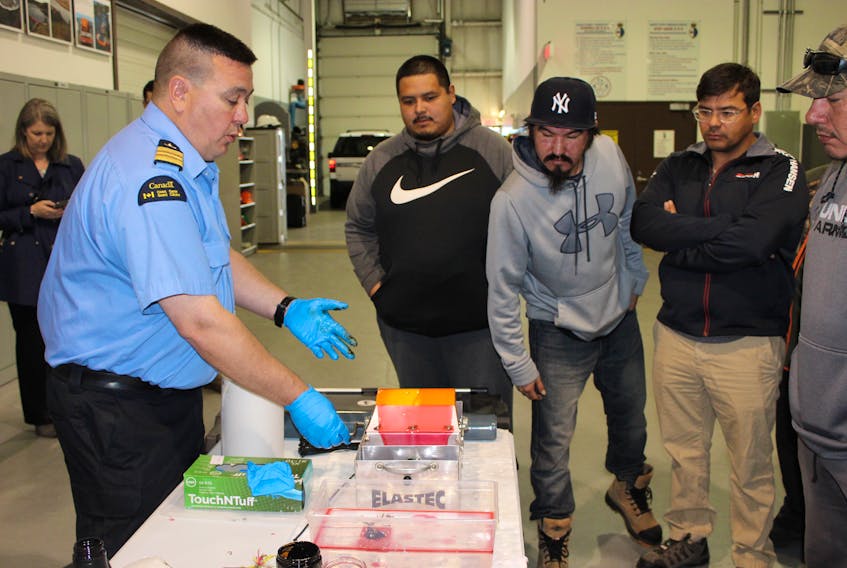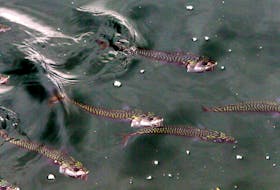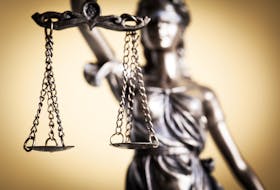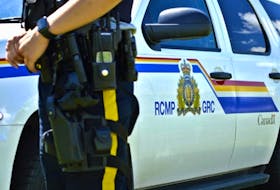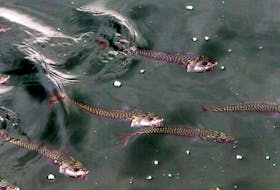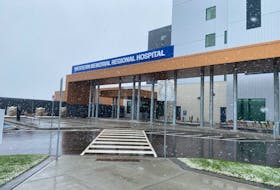ST. JOHN'S, N.L. — Having training to identify a potential oil spill paid dividends for Gerry Pasteen.
The guardian for his community of Natuashish was called several years ago to a tank farm with the potential for a spill.
“I was able to see what was happening and because I was trained, we were able to deal with this,’’ Posteen said during a break on Thursday while he and four others from his community and eight members from Sheshatshiu participated in training Thursday at the Canadian Coast Guard Environmental Depot in Donovans Industrial Park.
“I have done this training before, but it is good to get my people involved in oil spill training,’’ he added.
Posteen said the training was a great experience, as it explained what a lot of the equipment and machinery does to help clean up an oil spill.

In particular, he was impressed with the skimmers and how they work, he said .
Anastasia Qupee of Sheshastshiu, the director of social health, was on hand with six other members of the community, all seeking information and training on how to be first responders in the event of an oil spill.
“We are the first responders, the people who have to communicate with our residents in the event of not just an oil spill, but any community crisis,’’ Qupee said.
“We need to be equipped to know the information, the impact an oil spill can have and how to look after it after one happens,’’ she added.
Qupee said one of the things that could be vastly affected by an oil spill is salmon fishing, something her area relies on. Because a lot of ships go through the area, there is more and more likelihood an oil spill or crisis could occur, she said .
She said this is her first training, as it is for the rest of her contingent, all of whom signed up for the Coast Guard Auxilliary in the community.
“The Coast Guard supports our communities. We have not seen an oil spill in our area and we hope to keep it that way,’’ she said.
Being able to identify an oil spill is a key component to the training being conducted over the past two days by Dave Humphries, part of the Department of Fisheries and Ocean's environmental response team for the Coast Guard.
“We get calls from the public all the time. Some of them are nothing and others can be much worse than what the person is seeing,’’ Humphries said.
“Indigenous communities are located in remote areas, including the north coast of Labrador. We want residents to watch out for oil spills and if they see it, identify it and report it,’’ he added.
Humphries showed a number of liquids during one of his demonstrations that can cause havoc if they are released into the environment. Those included heavy bunker sea oil, sweet crude, transmission fluid and motor oil — all with varying characteristics that make them difficult to clean up.
He used as an example one litre of diesel fuel. He said that can cover an area the size of a football field if it is spilled.
The Coast Guard conducts training all over the province and has been to places like Conne River, and later this summer will go to Nunatsiavut and NunatuKavut communities for sessions.
“This group chose to come to our facilities for training,’’ Humphries said.
This article has been updated.

